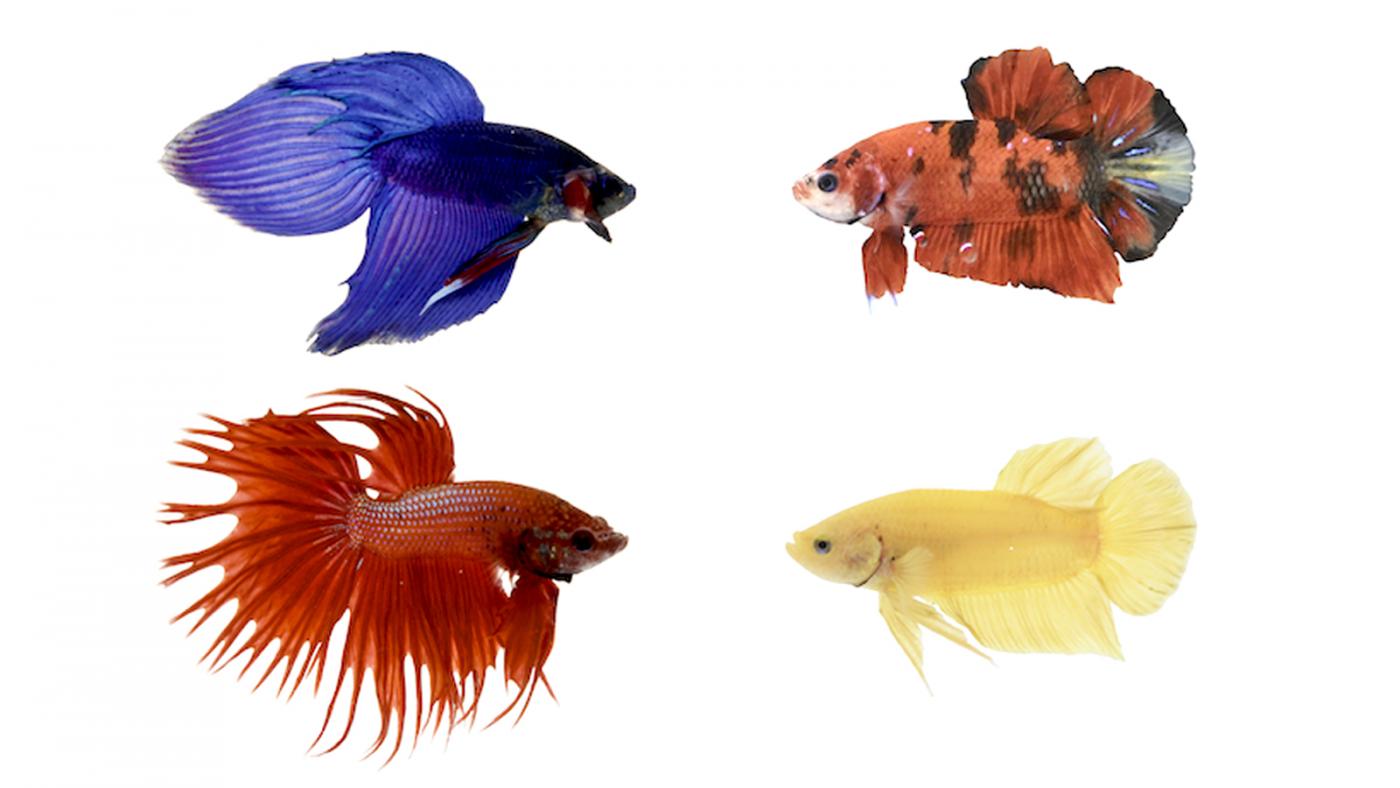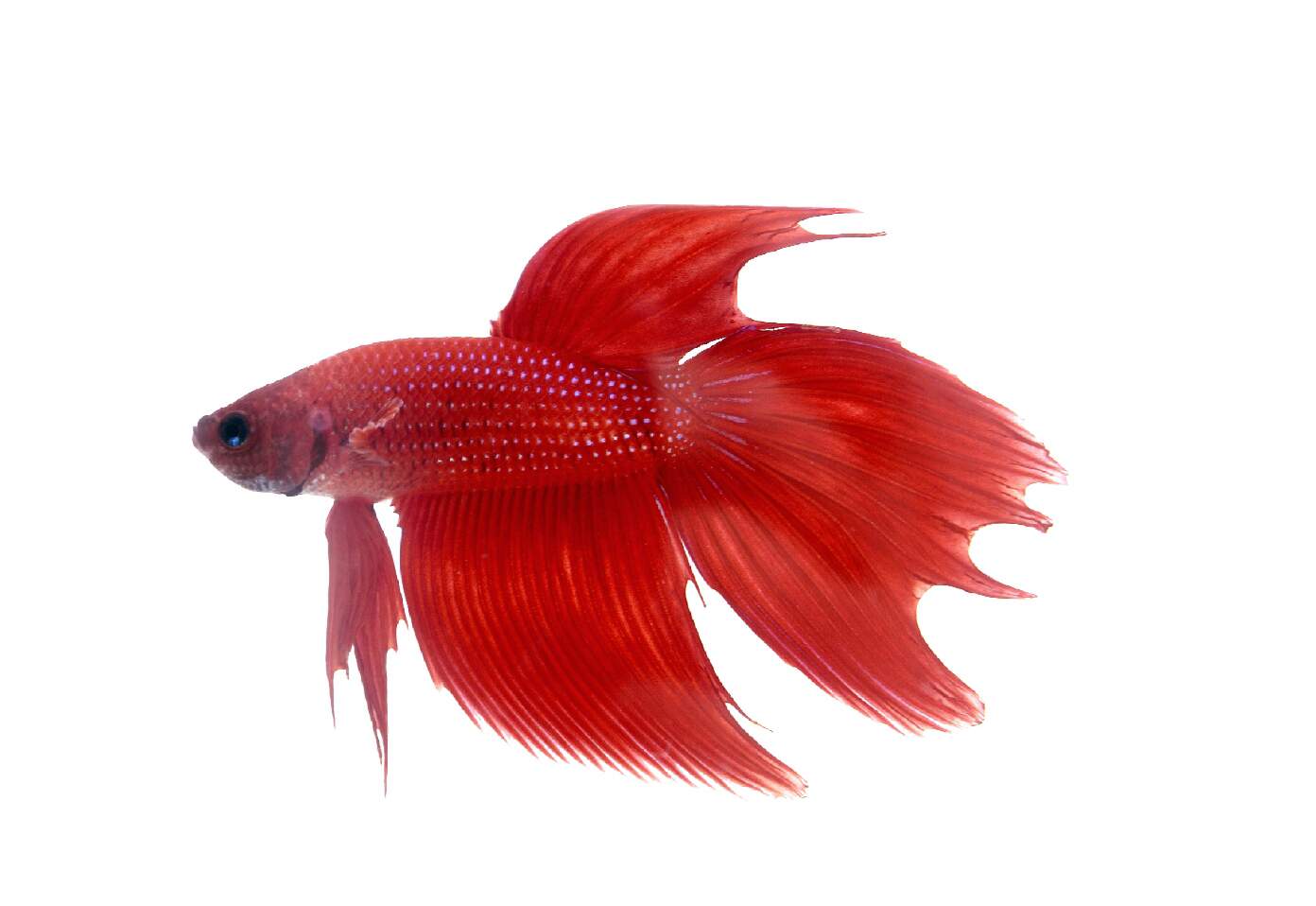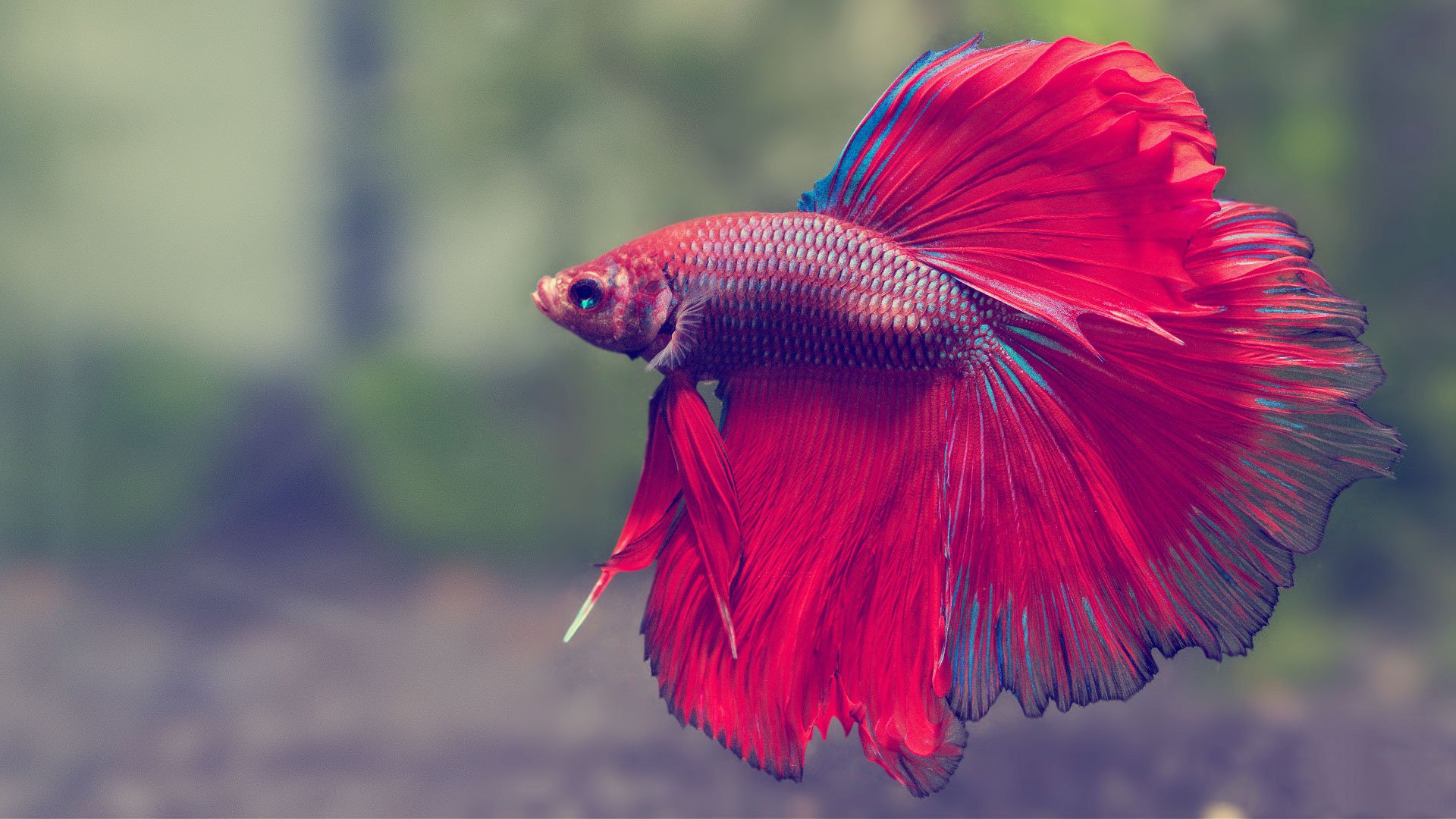Betta Fish Tank Setup: A Step-by-Step Overview for Beginners
Betta Fish Tank Setup: A Step-by-Step Overview for Beginners
Blog Article
Reproducing Betta Fish: a Comprehensive Step-By-Step Guide to Effectively Raising Child Bettas From Eggs to Their Adult Years
Breeding Betta fish is a precise undertaking that requires cautious preparation and execution to make certain the effective development of fry from eggs to mature fish. Picking genetically diverse reproduction couple with desirable qualities is just the beginning; producing an optimum environment and comprehending the details of the breeding process are equally crucial. As the male Betta vigilantly constructs a bubble nest and guards the priceless eggs, the succeeding stages of care and change demand interest to information and expertise of best methods. Exactly how does one browse the challenging yet satisfying course of supporting these vibrant creatures to their adult years?

Picking Breeding Pairs
When starting the journey of reproducing Betta fish, choosing the best breeding pairs is vital to accomplishing desirable attributes and a healthy lineage - betta fish. The initial step in this process is to identify the specific traits you wish to improve or protect, such as shade, fin kind, and physique. It is necessary to select genetically varied pairs to avoid inbreeding, which can cause health problems and undesirable features
Assess possible reproducing candidates meticulously. A healthy male Betta must display lively colors, an active behavior, and well-formed fins, while the female must likewise present dynamic pigmentation and a rounded tummy, suggesting preparedness for spawning. Observing the character of both fish is important, as aggressive or extremely shy individuals may not reproduce efficiently.
Maintaining records of the parent fish's ancestry can help you track genetic qualities and prospective problems. Eventually, spending time in the option procedure will significantly enhance the possibility of creating strong, vibrant spawn that satisfy your reproduction goals.

Preparing the Breeding Storage Tank
Creating an optimal reproduction atmosphere is a key action after choosing ideal pairs for Betta fish. The breeding tank need to be particularly developed to give convenience and boost the natural breeding actions of the fish. Begin with a storage tank size of a minimum of 10 gallons to ensure sufficient room for both the man and women Bettas.
Maintain a mild purification system to maintain the water clean while preventing solid currents that can emphasize the fish. In addition, an air stone can be included in offer oxygenation without interfering with the water surface also a lot.
Temperature policy is crucial; objective for a secure variety of 78-82 ° F(25-28 ° C) using a trustworthy heating unit. The pH level should be kept between 6.5 and 7.5, and routine water changes are necessary to make sure high water top quality.
Include drifting plants or generating sponges to develop hiding places for the female, while likewise motivating bubble nest structure by the male - betta fish. Lastly, make sure the container is devoid of sharp designs and any potential risks, as the welfare of the fish need to always be focused on throughout this essential stage of breeding.
The Reproduction Refine
Typically, the reproducing procedure for Betta fish entails a series of unique and observable actions that indicate readiness for recreation. The male Betta starts by constructing a bubble nest at the water's surface area, which serves as a website for the fed eggs. This nest is critical, as it offers a risk-free atmosphere for the eggs until they hatch out.
As soon as the nest is established, the male will certainly display courtship actions, such as flaring his fins and exhibiting dynamic shades to draw in the lady. The lady, upon picking up the male's preparedness, will certainly react by showing upright stripes along official site her body, signifying her receptiveness.
The fertilized eggs after that drop to the bubble nest, where the male very carefully gathers and returns them to the nest. Following this, the male assumes obligation for securing the nest and ensuring the safety of the eggs until they hatch out, generally within 24-36 hours.
Taking Care Of Betta Fry
Caring for Betta fry requires mindful interest to their environment and nourishment to guarantee healthy growth and advancement. After hatching, Betta fry are very tiny and prone, demanding a stable and tidy habitat.
Feeding Betta fry is similarly essential. Feed them little amounts several times a day, being careful not to overfeed, which can lead to water top quality concerns.
Transitioning to Grownup Bettas
As Betta fry fully grown, transitioning them to grown-up Bettas is a critical phase that calls for mindful administration of their atmosphere and social interactions. This procedure typically begins when the fry get to around six weeks of age, whereupon they can be slowly introduced to an extra structured living environment.
To promote this transition, it is vital to ensure that the water parameters-- such as temperature, pH, and ammonia degrees-- are ideal and steady. Grown-up Betta fish thrive in cozy water (around 78-80 ° F) with a pH of 6.5 to 7.5. Progressively accustom the fry to these conditions to minimize stress.
Social interactions are another crucial factor; man Bettas are notoriously territorial and aggressive. For that reason, it is recommended to different males into private storage tanks as they grow. Female Bettas can be housed together, yet care should be taken to check for signs of aggressiveness.
Additionally, dietary modifications need to be made as the fry grow. Incorporate high-grade pellets and live foods to support their growth and health and wellness. see page By taking care of these elements successfully, you can advertise a successful transition to their adult years for your Betta fish.

Verdict
Effective reproduction of Betta fish calls for cautious interest to detail throughout the entire procedure, from picking genetically varied sets to supplying ideal take care of fry. By ensuring suitable reproduction problems and preserving water quality, the possibility of healthy offspring raises significantly. In addition, a well balanced diet plan and progressive adaptation to grown-up atmospheres are vital for the growth and development of Betta fish. Adhering to these actions faithfully directory cultivates a prospering population of Betta fish, enhancing both their wellness and vitality.
Report this page